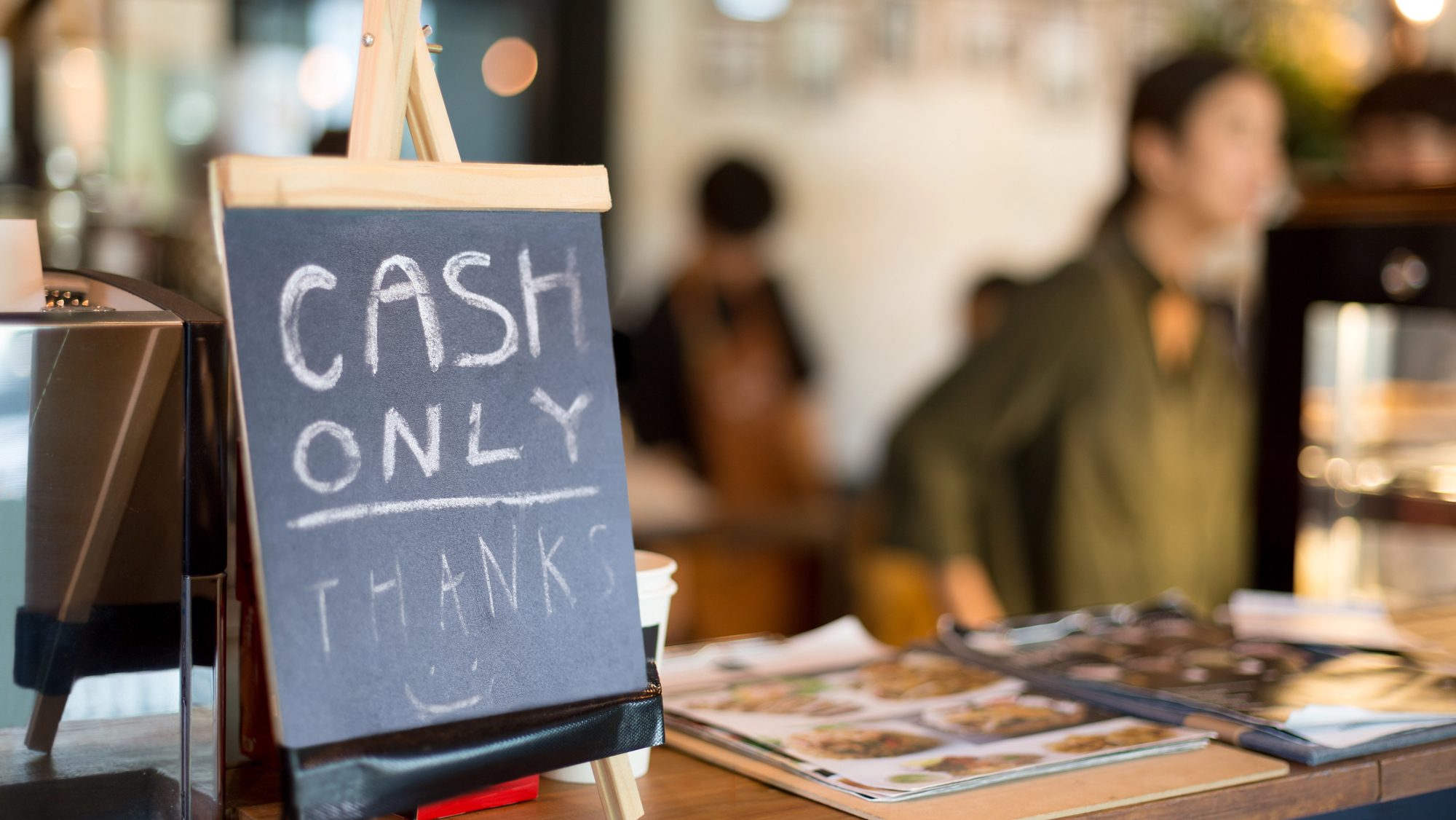SINGAPORE: In the animated environment of the West Coast Food Centre, where many stalls proudly display QR codes for digital payments, one noodle stall makes a bold statement with its prominent “Cash Only” sign.
According to a report from The Straits Times, this stall, run by 65-year-old Ms Angie Sim, stands as proof of hawkers who continue to prefer cash transactions over the rising tide of digital payment methods.
“Cash makes me happy”
For Ms Sim and her partner, who have been serving customers for over two decades, cash is not just a payment method; it’s a matter of comfort and convenience.
“For me, using cash is easier,” she explains, noting that her clientele is largely made up of older, less tech-savvy customers who also prefer to pay in cash.
“When I see physical cash, I feel happy,” she adds, reflecting a sentiment that resonates deeply within her community.
Across Singapore, many hawkers share Ms Sim’s reluctance to embrace digital payments, citing barriers such as a lack of digital literacy, poor eyesight, and a fear of complicating the transaction process for their customers.
QR codes vs. bills & coins
Even though over 11,500 other hawkers have adopted the Singapore Quick Response Code (SGQR) platform—launched in 2018 to facilitate seamless e-payments—some stall owners continue to count coins and bills.
Recent measures have sought to encourage more hawkers to go digital. Under the Hawkers Go Digital program, hawkers can enjoy a waiver on transaction fees for the first $20,000 of their monthly transactions.
This initiative was recently extended through the end of 2025, aiming to bring the estimated 18,000 stallholders in government-run food centres into the digital age.
However, not all stall owners are keen on making the switch.
A drinks stall owner in his 70s, who preferred to remain anonymous, expressed his struggles with technology, admitting, “If I learn today, I will forget tomorrow.”
He faces challenges with navigating digital platforms and verifying transactions during busy hours, leading him to continue accepting cash and even allowing customers to pay later if they don’t have cash on hand.
Similarly, Mr Tan, a drinks stall owner in his 60s, described e-payments as “very troublesome.” He worries about the reliability of transactions, often stressing over whether payments have gone through.
A vegetarian food stall owner at Alexandra Village echoed these concerns, saying that most of her customers still carry cash, with only a few opting for digital payment.
Hawkers who have gone digital
On the other side of the spectrum, some hawkers who have embraced digital payments report significant benefits.
Ms Madeline Chen, who runs a braised pork stall, has found that e-payments streamline her operations, especially during busy periods.
“Some of my regulars even take a photo of my SGQR and pay me before they come to pick up their food,” she shares, highlighting the convenience of digital transactions.
Mr Lim Yaw Fook, a 70-year-old prawn noodle vendor, noticed a 20% increase in sales since adopting SGQR, particularly among younger customers who prefer digital methods.
He also noted that tourists from China often choose to pay via SGQR, which integrates with popular Chinese payment apps like Alipay and WeChat Pay.
Yet, the landscape is complex. Some hawkers prefer to use personal PayNow QR codes, which offer instant funds transfer without transaction fees.
“It is not hard to use, and the money goes straight into my bank account,” explains Sam Tan, a fish head dish vendor, suggesting that the number of digital-savvy hawkers may be greater than reported.
Dr Lee Yen Teik, a senior finance lecturer, pointed out that 87% of small businesses have seen operational improvements after adopting digital payments.
However, he cautioned that transaction fees can significantly impact hawkers’ already slim profit margins, especially in today’s inflationary climate.
‘Hawkers Go Digital’ subsidy
In response to these challenges, Enterprise Singapore and SG Digital Office introduced the Hawkers Go Digital subsidy to facilitate e-payment adoption.
While hawkers hope for continued support, the future of these initiatives remains uncertain, with authorities promising to reassess the program beyond 2025.
Despite the digital push, experts like Associate Professor Cindy Deng emphasize the continued importance of cash, particularly for older generations.
“Cash remains important and serves as a reliable backup during disruptions to digital infrastructure,” she explains.
As the debate between cash and digital payments unfolds, one thing is clear — both methods hold value in the hearts of hawkers and their customers, reflecting a rich lattice of tradition and innovation within Singapore’s culinary scene.
Featured image by Depositphotos (for illustration purposes only)

